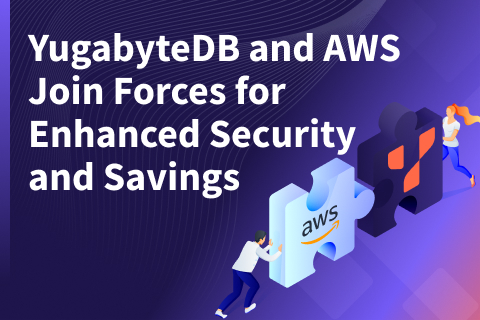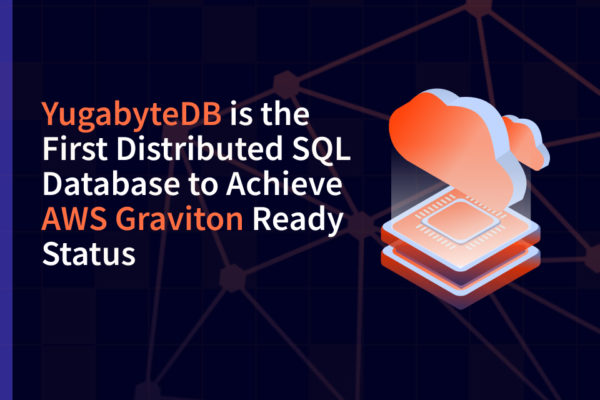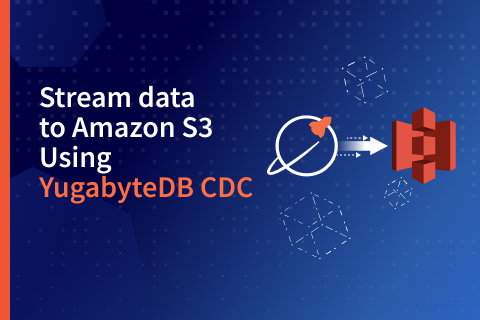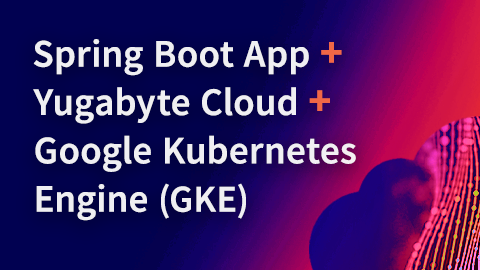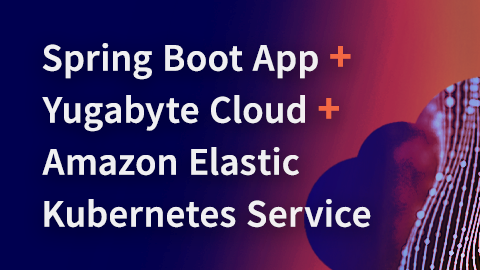Achieving Precise Clock Synchronization on AWS
AWS Time Sync Service and Amazon EC2 utilize hardware and software solutions to facilitate the use of Precision Hardware Clocks (PHC) through Network Time Protocol (NTP) or Precision Time Protocol (PTP). Discover how YugabyteDB leverages this technology to maintain consistency at high-performance levels.

